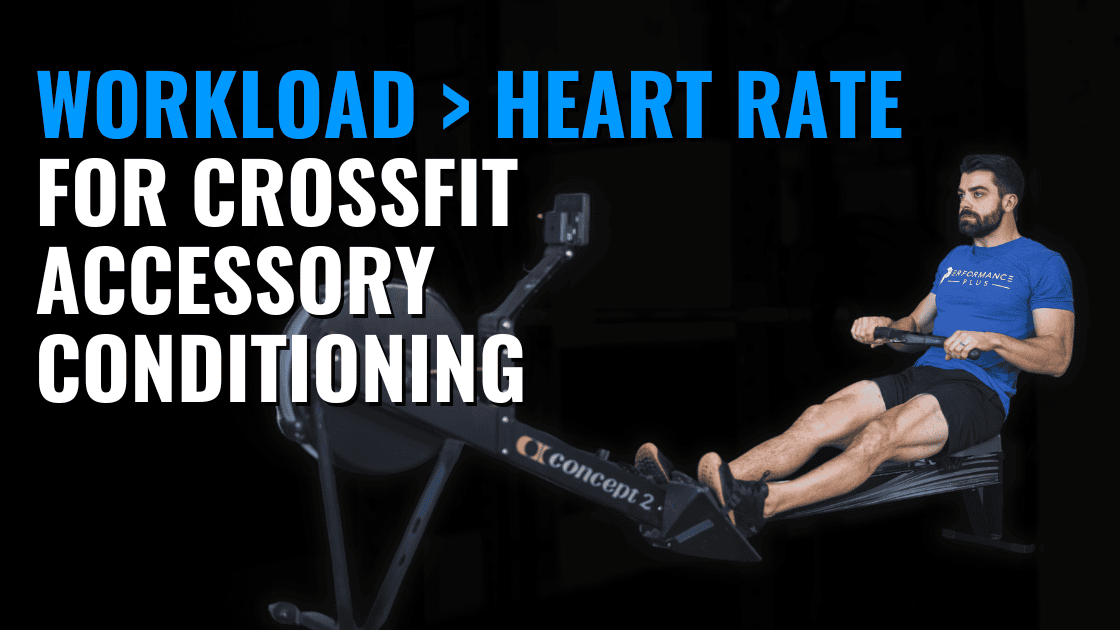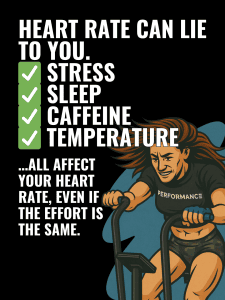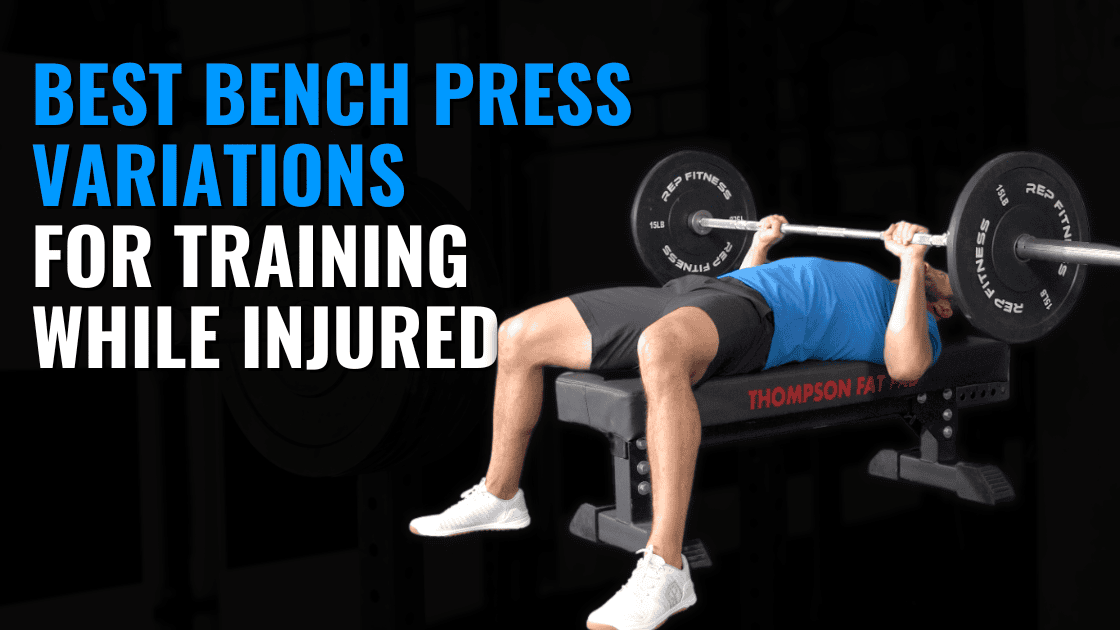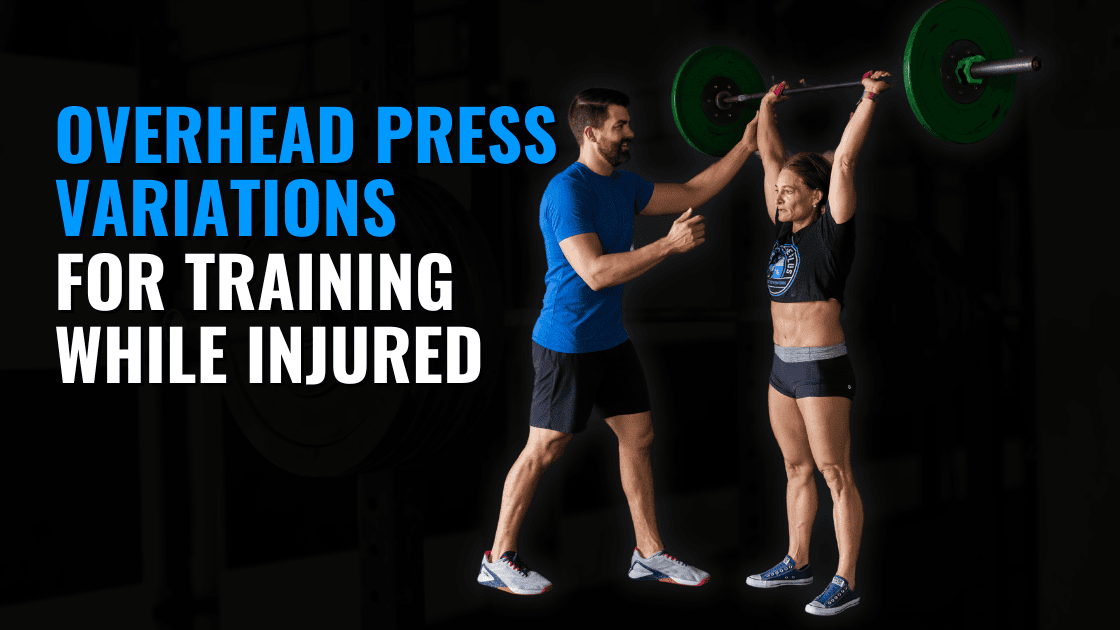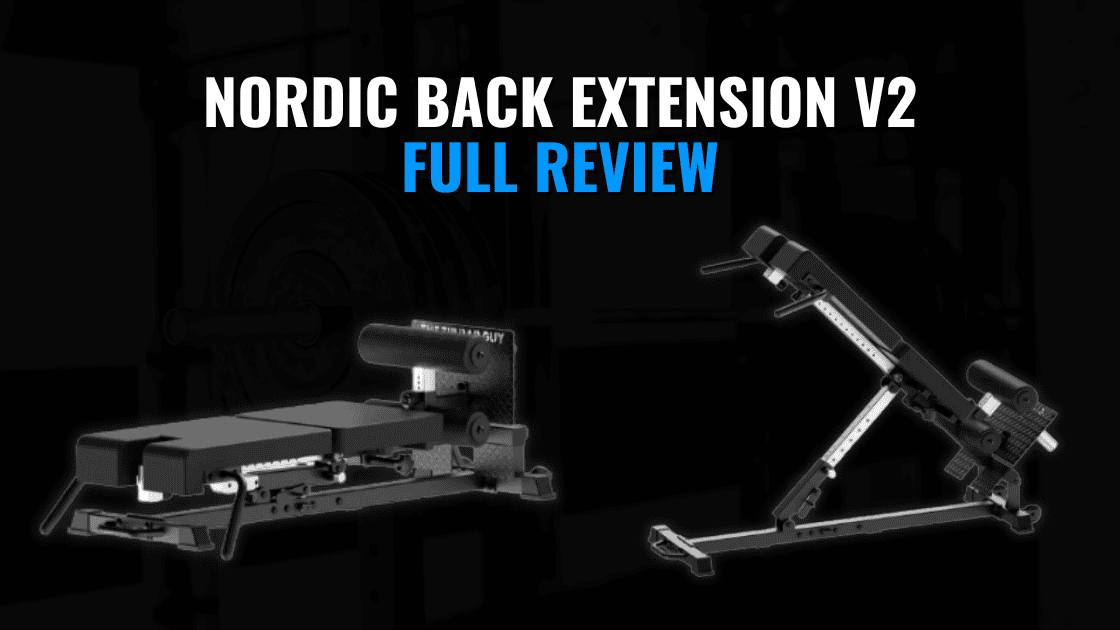Work vs Heart Rate Zones in CrossFit Accessory Conditioning
In the CrossFit world, more and more athletes are realizing that to truly maximize performance, they need to move beyond generalized programming. Instead, success often comes from a targeted plan that addresses specific strengths and weaknesses.
Take, for example, an athlete who is relatively strong but consistently loses ground to peers in metcons. For that athlete, focusing more training time on conditioning can unlock the ability to better showcase their strength in metabolic conditioning workouts. This is why many athletes now follow full programs—or supplemental accessory work—tailored to their individual needs.
The Heart Rate Trap in Accessory Conditioning
For athletes looking to improve their conditioning, many programs exist that aim to develop energy systems. These often rely heavily on heart rate data to guide workout intensity.
While this approach can be useful in certain contexts, it isn’t always the best choice for CrossFit accessory conditioning. In this article, we’ll break down why heart rate might not be the most reliable metric for you to use—and what to focus on instead.
Heart Rate Isn’t the Whole Story
The big reason heart rate can’t be your entire basis for monitoring exercise intensity is that many non-fitness factors can alter it.
For example:
- Stress: During times of high stress outside of the gym, resting heart rate can increase.
- Sleep: Poor sleep can cause heart rate variability to spike or drop.
- Caffeine: Consuming caffeine too close to your workout—or in too high a dose—can artificially elevate heart rate.
- Heat: Training in high temperatures forces your body to pump more blood to the skin for cooling, which raises heart rate independent of your actual effort level.
All of these can make it appear as if you’re training at a higher intensity than you really are, when in reality your output might not match what your heart rate suggests.
Measuring Work: A More Reliable Approach
CrossFit’s definition of fitness is grounded in the concepts of work and power. Following this same principle, tracking workload gives us a more objective view of exercise intensity.
This means measuring things like:
By programming based on output rather than chasing an arbitrary heart rate number, you create a repeatable, measurable system. This allows you to track progress over time with greater accuracy and confidence.
Heart Rate Still Has Value—Just Not as the Primary Driver
To be clear, heart rate data can still be a valuable feedback tool. It’s worth monitoring, especially to ensure you’re working in the correct general training zone. But it should complement—not dictate—your programming.
At the end of the day, measurable work output is the gold standard for tracking and improving your conditioning.
Ready to Build an Engine That Wins Workouts?
If you’re a CrossFit athlete looking to dramatically improve your capacity in metcons, check out our six-week Build Your Engine and Year of Domination accessory conditioning programs. These plans are designed specifically for CrossFit athletes who want to turn conditioning from a weakness into a competitive advantage.

